.....Read More
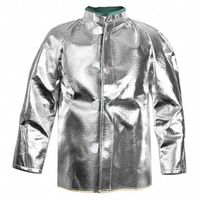
Aluminized Heat-Resistant Clothing

Arc Flash & Flame-Resistant Protective Clothing
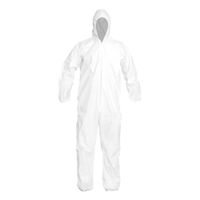
Chemical, Liquid & Particulate Protective Clothing
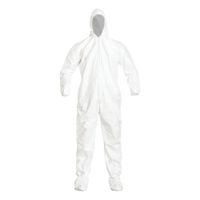
Cleanroom Protective Clothing
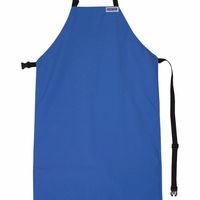
Cryogenic Protective Clothing

Cut-Resistant Protective Clothing

Dispensers for Protective Clothing

Elbow & Knee Pads

Hairnets, Bouffants & Beard Nets
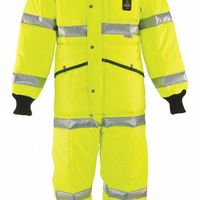
High-Visibility Protective Clothing

Welding Protective Clothing
Frequently Asked Questions
What is the purpose of protective clothing?
How does aluminized clothing work?
What is arc flash clothing?
What types of protective clothing are used for chemical hazards?
What is cleanroom clothing?
How does cryogenic clothing protect workers?
What is cut-resistant clothing used for?
Why is high-visibility clothing important?
What materials are used in welding clothing?
How should protective clothing be stored and maintained?